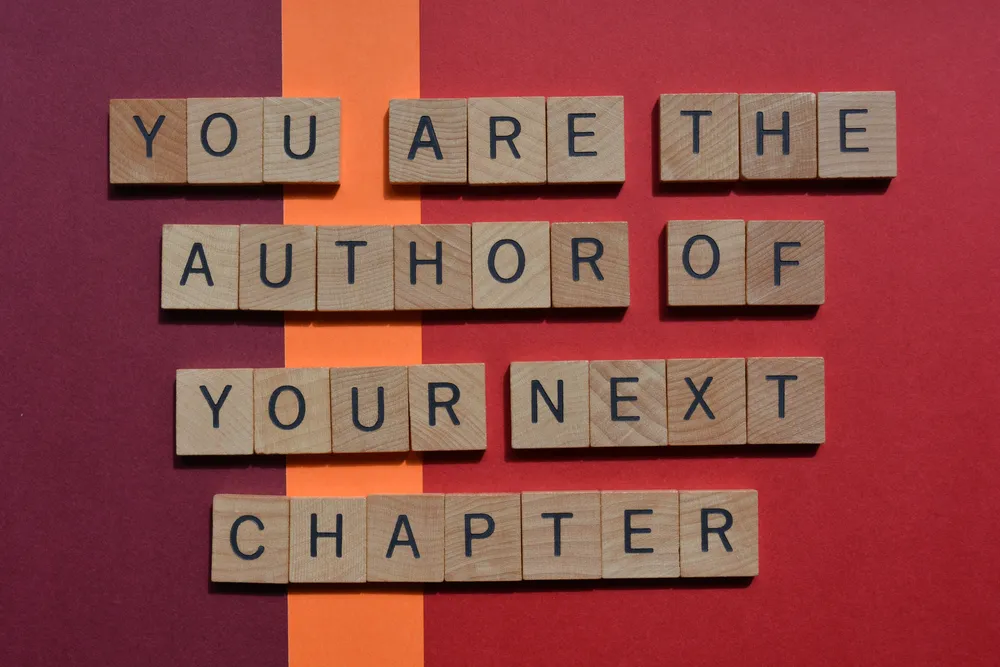Beyond ROI: Building a Business That Outlasts You
Escape short-term business thinking. Transform your company from owner-dependent to self-sustaining by shifting from ROI to ROV thinking, documenting your business blueprint, and building distributed leadership. Create a business that thrives with or without you.

The Meeting That Changed Everything
Mark glanced at his watch as the board meeting dragged into its third hour. His tech company had grown from a scrappy startup to a 15-person operation with impressive year-over-year growth. Yet instead of celebrating, he was fielding increasingly pointed questions about their "exit strategy."
"We should be positioning for acquisition within 24 months," his investor insisted.
Something didn't feel right. Mark had built this business to solve real problems for his customers, not to flip it for a quick profit. But was there any other path forward?
Sound familiar?
The Short-Term Thinking Trap
If you own a small to medium business with loyal customers and a dedicated team, you might recognize these warning signs:
- You're constantly pressured to focus on metrics that drive valuation rather than long-term vision
- Growth feels like it's coming at the expense of your original mission
- Important initiatives get abandoned if they don't show immediate returns
- You worry about what would happen to your team and customers if you sold
This isn't just about being busy—it's about being trapped in short-term thinking.
The Business Longevity Framework
Mark's breakthrough came when he realized there was an alternative to the "build-to-exit" mindset. He could build a business designed to outlast his direct involvement—creating both freedom for himself and lasting impact.
Here's the three-part Business Longevity Framework that transformed his approach:
1. Shift from Returns to Vision
Mark realized he needed to reorient his entire business from focusing solely on Return on Investment (ROI) to embracing Return on Vision (ROV), a concept inspired by business longevity experts*. He created a simple chart:
ROI Thinking (Short-Term)
- Prioritizes: Quarterly metrics, immediate returns
- Decision lens: "What maximizes profit this year?"
- Success measure: Growth rate and valuation
ROV Thinking (Long-Term)
- Prioritizes: Customer impact, team development, long-term resilience
- Decision lens: "What builds lasting value over decades?"
- Success measure: Vision achievement and sustainable growth
This mental shift alone changed how Mark evaluated every opportunity and challenge.
2. Document Your Business Blueprint
Mark's team identified the five core elements of how their company uniquely operated and created a "Business Blueprint" document:
- Purpose and Values: Why the company exists beyond profit
- Decision-Making Process: How important choices get made and by whom
- Key Workflows: How the team delivers value to customers
- Team Development: How people grow within the organization
- Customer Relationships: How they build and maintain trust with clients
The result? Critical knowledge no longer lived only in Mark's head. The company could maintain its distinctive approach even as the team evolved.
3. Develop a Leadership Ecosystem
Instead of hiring a single "second-in-command," Mark built a network of leadership throughout the organization:
- He created clear decision boundaries for different team members
- He established peer mentoring to spread knowledge horizontally
- He rotated project leadership to develop capabilities across the team
The Real-World Results
Within six months of implementing these changes, Mark's business transformed:
- The board meetings shifted from exit discussions to long-term impact goals
- Two team members successfully led major initiatives without his direct involvement
- A key client renewed their contract specifically citing the company's commitment to their long-term success
- Mark took his first two-week vacation in five years—and the business ran smoothly
Most importantly, Mark regained clarity about why he started his business in the first place—and his enthusiasm for building something truly lasting.
Your Next Step: The Vision Clarity Exercise
Ready to start building a business that can thrive beyond your direct involvement? Try this 15-minute exercise:
- List what would happen to your business if you were completely unavailable for:
- 1 week
- 1 month
- 1 year
- Mark each operational area as:
- Self-Sustaining: Would continue without you
- Vulnerable: Would struggle but survive
- Dependent: Would fail without you
Most owners discover that 70% of their business falls into the "Dependent" category—representing your biggest opportunity for creating lasting impact and personal freedom.
The Path Forward
Building a business that can outlast your direct involvement isn't about stepping away completely. It's about creating a resilient organization that can deliver on your vision whether you're there or not.
Whether that's creating a multi-generational family business, building a company that serves your community for decades, or simply having the freedom to focus on the parts of the business you love—the choice becomes yours.
What's one area of your business that currently depends entirely on you that you wish could be more self-sustaining? Share in the comments below.
*The Return on Vision concept was inspired by frameworks from business longevity and succession thinking experts. We believe in acknowledging the shoulders we stand on while developing our own approach to helping businesses thrive long-term.
Business Succession Newsletter
Join the newsletter to receive the latest updates in your inbox.



